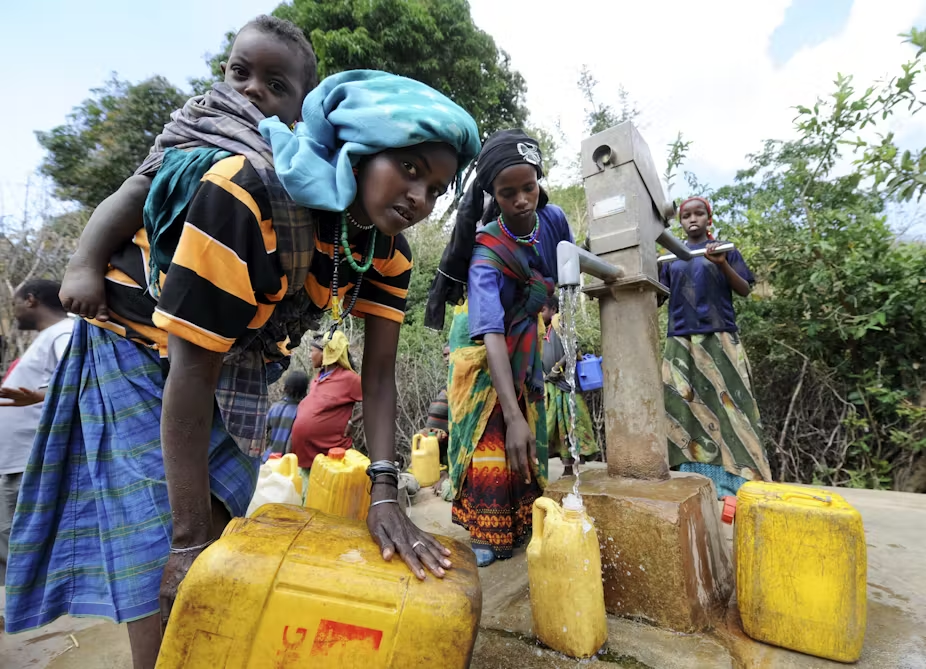
Environment & Water
Promoting environmental conservation, climate change adaptation, and access to clean water and sanitation.
Program Overview
HEAL Ethiopia's Environment & Water program focuses on protecting natural resources, promoting sustainable environmental practices, and improving access to clean water and sanitation facilities.
Environmental degradation and water scarcity are major challenges facing many communities in Ethiopia. These issues affect health, food security, and livelihoods, particularly for the most vulnerable populations.
Our integrated approach addresses these interconnected challenges by working with communities to implement sustainable solutions that protect the environment while meeting basic human needs.

Key Interventions
Our comprehensive approach addresses environmental conservation and water security.
Environmental Conservation
- Reforestation and afforestation initiatives
- Soil conservation and management
- Biodiversity protection
- Environmental education and awareness
Water & Sanitation
- Construction and rehabilitation of water points
- Improved sanitation facilities
- Hygiene education and promotion
- Water resource management
Climate Change Adaptation
- Climate-smart agriculture
- Drought-resistant crops and practices
- Climate risk assessment and planning
- Alternative energy solutions
Sustainable Livelihoods
- Eco-friendly income-generating activities
- Natural resource-based enterprises
- Green skills development
- Sustainable energy promotion

Case Study: Gursum Watershed Management Project
In the Gursum district of Eastern Hararghe Zone, we implemented a comprehensive watershed management project that combined environmental conservation with water access improvements.
The project engaged 12 communities in reforestation, soil conservation, and water harvesting activities. Community members planted over 50,000 indigenous trees, constructed 15 km of soil bunds and terraces, and rehabilitated three springs.
As a result, groundwater levels have increased, soil erosion has decreased by 60%, and agricultural productivity has improved by 40%. Additionally, 5,000 people now have access to clean water within a 30-minute walk of their homes.
The project's success lies in its integrated approach and strong community ownership. Local watershed management committees now oversee the maintenance and continued development of these resources.



